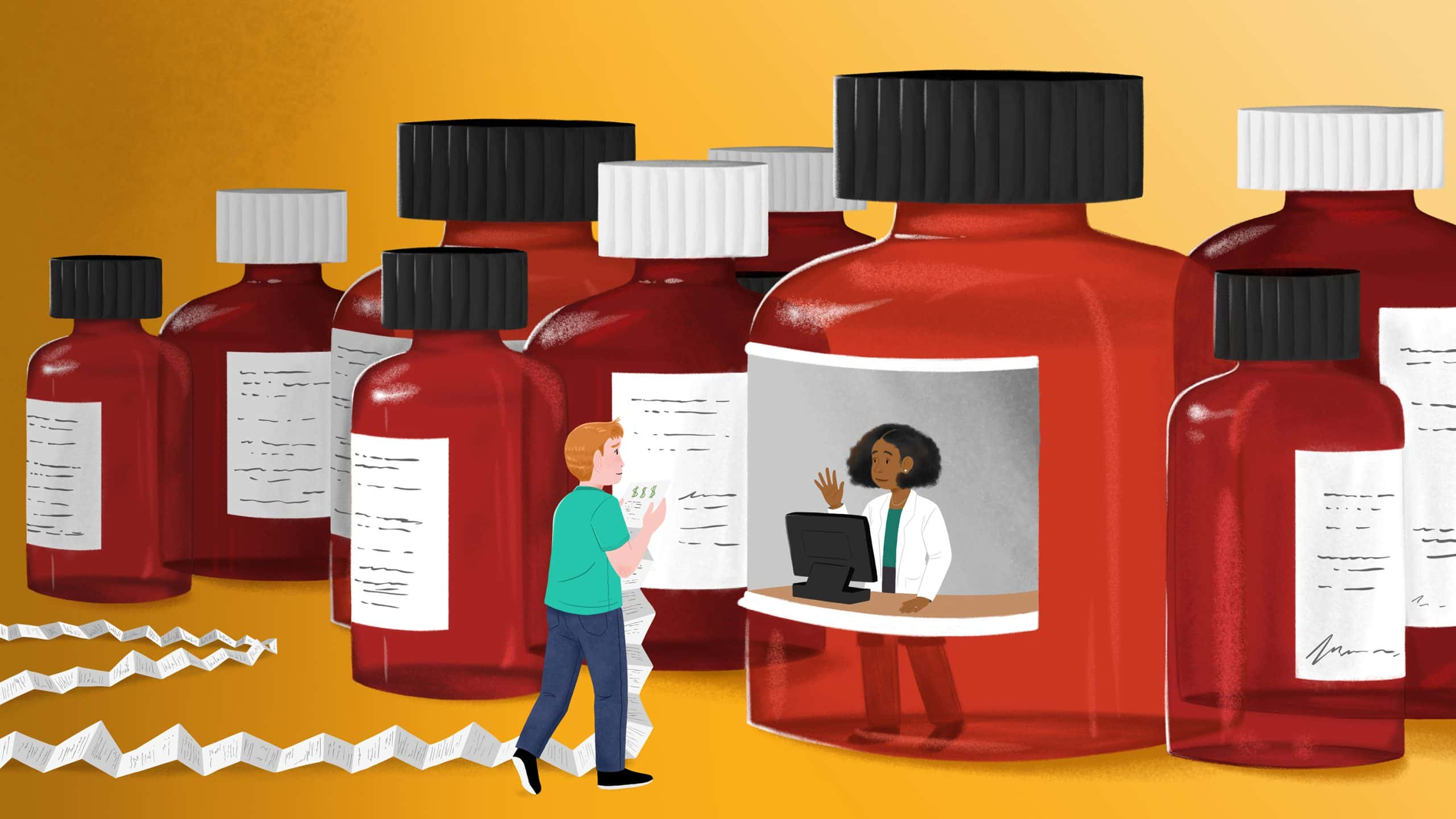Shockingly, 11 million people owe more than $2,000, while 3 million owe more than $10,000.

Medical debt relief continues to burden millions of Americans, with around 23 million individuals carrying this financial burden, according to the Kaiser Family Foundation
Alarming research published in the medical journal JAMA reveals that approximately 18% of those with medical debt end up in collections. This figure, however, doesn’t even include credit card debt or debt owed directly to medical providers.
The consequences of medical debt are far-reaching, adversely impacting credit reports, making it harder and costlier to borrow money, limiting employment prospects, and hindering the ability to secure housing. In fact, medical bills rank among the top causes of bankruptcy in the United States. Thankfully, some states and municipalities have found a unique solution to alleviate their residents’ financial struggles.
Nonprofits and community organizations have long been assisting individuals struggling to pay their healthcare bills, typically on a local level
However, recent collaborations between governments and specialized debt elimination nonprofits have resulted in more significant outcomes. One such example is Muskegon County, Michigan, which partnered with RIP Medical Debt, a New York-based 501(C)(3) nonprofit. This collaboration successfully liberated over 40,000 people from a staggering combined total of $25 million in healthcare debt.
RIP Medical Debt adopts an innovative approach by utilizing donations to purchase large bundles of medical debt at a fraction of their value and subsequently canceling the debt with no repercussions for borrowers or donors. Through this strategy, every $100 donated has the power to eliminate $10,000 in debt. The organization focuses on households earning less than four times the federal poverty level or whose debts account for 5% or more of their annual income.




